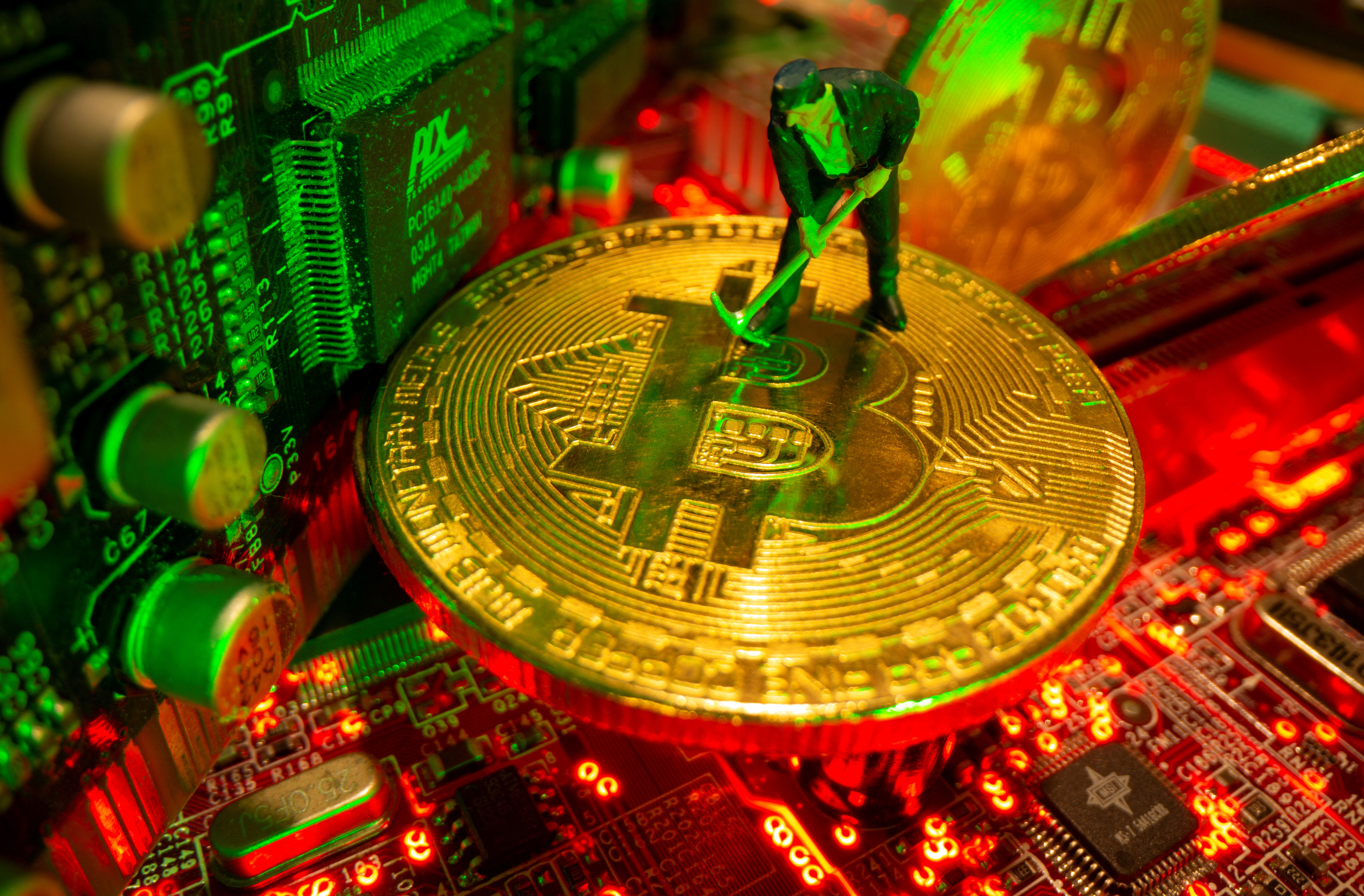About Bitcoin Mining
The process of creating new bitcoins and adding transactions to the Bitcoin blockchain is known as mining. A vital component of the Bitcoin network, bitcoin mining performs several tasks, such as verifying transactions and producing new bitcoins. Here are some more details regarding mining Bitcoin:
1. Decentralization and Security:
Bitcoin mining is crucial for maintaining the decentralized nature of the Bitcoin network, relying on a network of miners for consensus and security.
2. Proof-of-Work (PoW):
Bitcoin uses a Proof-of-Work consensus algorithm, where miners solve complex mathematical problems, ensuring computational effort is expended, making it difficult for malicious actors to manipulate the blockchain.
3. Block Reward and Halving:
The motivation for miners is the block reward. A procedure known as "halving" occurs roughly every four years, with an initial block size of 50 bitcoins.
4. Transaction Verification:
Miners receive transaction fees for adding transactions to the blocks they mine in addition to the block reward. In the long run, transaction fees should make up a larger portion of a miner's payment than the block reward.
5. Mining Difficulty:
About every two weeks, the difficulty of the mathematical puzzles that miners must answer is changed to keep the average time to mine a block at roughly ten minutes. The difficulty rises as more miners join the network and falls as more miners depart.
6. ASIC Mining:
- As the difficulty of mining has increased, the use of ASICs (Application-Specific Integrated Circuits) has become prevalent. These specialized machines are much more efficient at solving the specific mathematical problems required for mining compared to general-purpose computers or GPUs.
Crypto Mining Industry>>>Cost Effective Mining
The mining of cryptocurrencies can be broadly classified into two segments: GPU mining and Application-Specific Integrated Circuit (ASIC) mining. Web searches for ways to mine, purchase, and sell various cryptocurrencies go stratospheric when the prices of bitcoin and other cryptocurrencies rise. There are two distinct methods for mining cryptocurrencies: GPU (Graphics Processing Unit) mining and ASIC (Application-Specific Integrated Circuit) mining.
The first proof-of-work (PoW) cryptocurrency was introduced by Bitcoin in 2009. Initially, all you needed to "mine" for bitcoins was a home computer. With the rapid advancement of technology, many people were able to mine cryptocurrencies on their home computers. With the usage of improved hardware over time, the mining process has become more efficient. For years, the mining process has made use of Graphics Processing Units (GPUs) because they were more efficient than their immediate equivalents.
Whether GPUs will continue to be the norm for advanced bitcoin mining will depend on how quickly technology advances.ASIC Mining
- An integrated circuit chip made specifically for a particular use is called an application-specific integrated circuit (ASIC). Any electronic equipment that uses ASICs only for "mining" virtual currency is called an ASIC miner. Every ASIC miner is often built to mine a particular virtual currency. Thus, a Bitcoin ASIC miner is limited to mining Bitcoin. ASICs for bitcoin mining can be thought of as specialized computers designed to solve the mining algorithm.
- It is expensive and difficult to develop and produce ASICs for use as mining equipment. Nevertheless, ASICs complete the task more quickly than less potent computers since they are designed specifically for mining cryptocurrencies.Because of this, ASIC chips used in cryptocurrency mining have become more and more efficient. The most recent generation of chips can hash at a rate of 158 terahashes per second while only consuming 34.5 joules.
Bitcoin is a technological tour de force. — Bill Gates



